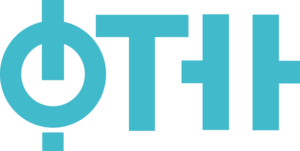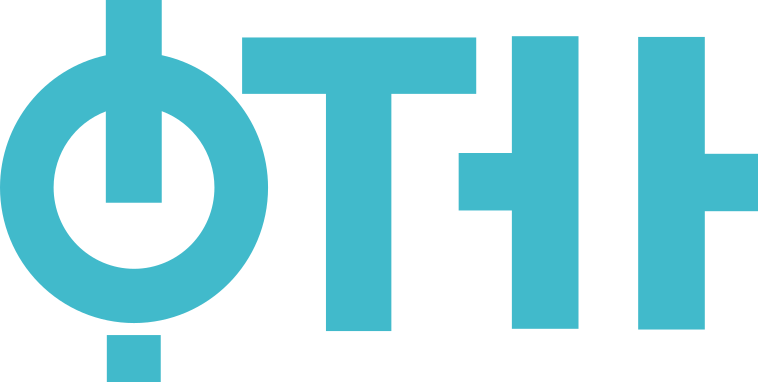Subject: Raster Graphics (17.F214I2 )
Native organizations units: Sub-department for Applied Computer Science and Informatics
Study programmes of the course:
| Type of studies | Title |
|---|---|
| Undergraduate Academic Studies | Graphic Engineering and Design (Year: 2, Semester: Summer) |
| Category | Professional-applicative |
| Scientific or art field | Grafičko inženjerstvo |
| ECTS | 4 |
Image processing with the goal of extracting or enhancing information carried by an image is a base for its usage in a reproduction process. In order to adequately comprehend the image processing procedures the goal is to first introduce students with the structure of digital images, processes of image digitization, altering, compression and reproduction, developing further on their ability to critically assess image quality (by means of subjective and objective methods). Therefore, the main goal of the course is to instruct students to detect errors in digital images, as well as to choose and perform adequate operation/technique for their correction. Taking into account the domination of electronic media in publishing, the accent is placed on preparing images for Web environment, by introducing students to the technical requirements necessary for such publications.
Upon successful completion of the course students: understand principles of digitization and interpretation of raster images, recognize the errors introduced by digitization and the procedures for their corrections, are familiar with the methods of image enhancement in spatial domain, are able to assess image quality on the basis of objective parameters and to determine the possibilities for image corrections and usage. Also, students are trained to use software tools necessary for processing of digital images, know the lossy and lossless image compression methods, as well as the requirements for publishing images in Web applications. The gained knowledge forms a solid base for further professional and scientific work in the field of image processing and analysis.
Theoretical part: Basics of digital photography (methods of digitization, sampling and quantization, negative byproducts of digitization, digital image structure, basic relations between pixels), Basics of computer graphics – the framework for raster graphics, Reproduction of digital images (vector image rendering, rendering fonts), Point operators in image enhancement, Local image enhancement, Global image enhancement, Filters for image processing, Image quality metrics (methods for assessing image quality, objective and subjective metrics), Image compression (data redundancy, lossy and lossless compression, application), Raster image file formats, Image reproduction in Web applications and quality demands. Practical part: Introduction to image processing softwares, Determination of the raster images’ basic characteristics (resolution, bit depth, image size etc.) and their influence on image quality, Correction of negative byproducts of digitization, Pixel values and point operators in image enhancement (image statistics, histogram and the operations based on histogram, arithmetic and logic operations), Image quality assessment, Colour images analysis and processing (interpretation of colour images, colour spaces, processing colour images), Spatial filtering, linear and nonlinear filters (noise removal, image derivatives, edge detection, image sharpening), Geometric image transformations (translation, rotation, scaling, interpolation methods for image scaling), Compression algorithms, Preparation of raster images for Web environment.
The course is organized in accordance with the modern didactics resources and methods, interactive in the form of lectures and computer labs. In addition, the consultations are held on a regular basis. Lectures cover theoretical parts of the course, where the presentations consist of both static and dynamic (animated) content. The content of computer labs correspond to the lectures and deepen the practical knowledge of presented topics; students acquire skills necessary for performing image processing tasks in the corresponding softwares. Pre-exam requirements consist of labs and lecture attendance, as well as two computer labs tests that determine the ability to solve practical problems in image processing. If both tests are passed, it is considered that student successfully completed computer labs. The exam consists of written and oral part, where the completed written part is required prior the oral exam.
| Authors | Title | Year | Publisher | Language |
|---|---|---|---|---|
| 1999 | English | |||
| 2008 | English | |||
| 2002 | English |
| Course activity | Pre-examination | Obligations | Number of points |
|---|---|---|---|
| Lecture attendance | Yes | Yes | 5.00 |
| Written part of the exam - tasks and theory | No | Yes | 40.00 |
| Oral part of the exam | No | Yes | 30.00 |
| Computer exercise attendance | Yes | Yes | 5.00 |
| Computer excersise defence | Yes | Yes | 20.00 |
Assoc. Prof. Ivana Tomić
Associate Professor
Lectures
Assoc. Prof. Magdolna Pal
Associate Professor
Lectures
Assoc. Prof. Magdolna Pal
Associate Professor
Computational classes

Assistant - Master Tamara Ilić
Assistant - Master
Computational classes
Assoc. Prof. Ivana Tomić
Associate Professor
Computational classes
Assoc. Prof. Ivana Jurič
Associate Professor
Computational classes
Faculty of Technical Sciences

© 2024. Faculty of Technical Sciences.
Contact:
Address: Trg Dositeja Obradovića 6, 21102 Novi Sad
© 2024. Faculty of Technical Sciences.



